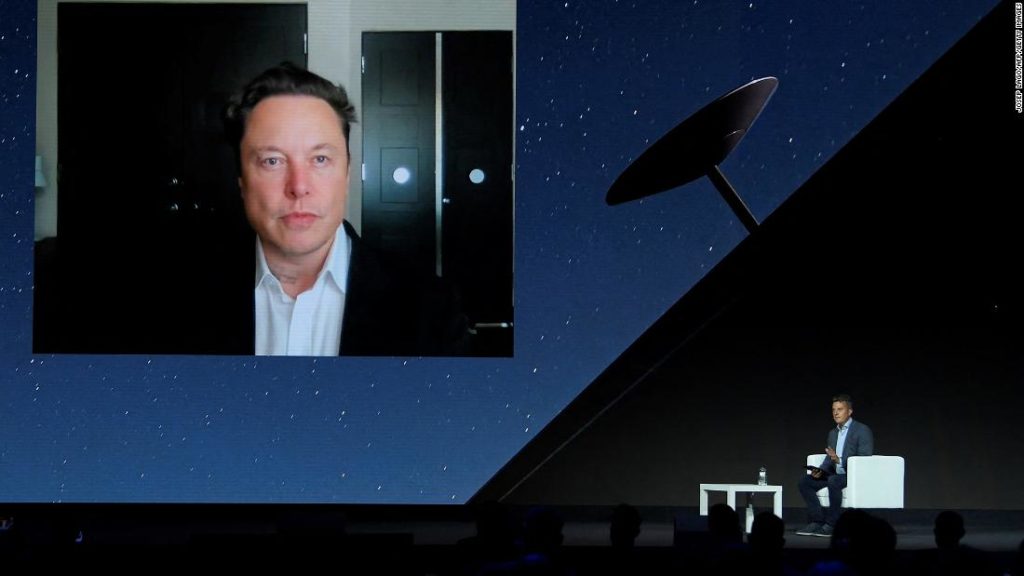“Our goal is not to go bankrupt,” Musk said at the Mobile World Congress conference in Barcelona, acknowledging that all previous attempts to build a satellite-based internet network in low-Earth orbit has ended in failure, bankruptcy or a pivot away from a direct-to-consumer business model. SpaceX began launching satellites for the Starlink network in 2019, and has built up to a rapid pace of deployment, launching more than 780 in the past six months alone.
The Starlink program is separate from SpaceX’s Dragon program, which aims to ferry people and goods to the International Space Station, and the Starship program, which is intended to one day bring humans to the moon or Mars, or haul massive satellites into orbit. Starlink, on the other hand, is SpaceX’s first foray into the satellite market.
It’s a take on an idea first proposed decades ago but never fully executed: Use thousands of satellites working in tandem from low-Earth orbit — which is the area below 1,000 km (620 miles) — to blanket the planet in high-speed interent connectivity. With roughly half the world’s population still without reliable internet access, the concept could be a game-changer. But it’s not without its challenges.
“Obviously, selling terminals for half price is not super compelling at scale to millions,” Musk said. “We’re working on next-generation terminals that are providing the same level of capability [and] roughly same level of capability, but it costs a lot less.”
SpaceX has by far the biggest head start in building up its constellation and signing up users. Musk said he expects to have “possibly 500,000” Starlink customers within the next 12 months.
Whether or not that strong demand pans out will be crucial for SpaceX. Musk said he expects to sink between $5 billion and $10 billion into Starlink before the business is profitable. Even after that, Musk said SpaceX will “keep investing a great deal after that point in order to not be made irrelevant by improvements in” competing technologies, such as ground or cellular service.
Over time, SpaceX’s investment in Starlink could grow to $20 billion or $30 billion, Musk said. “It’s a lot.”
You may also like
-
Afghanistan: Civilian casualties hit record high amid US withdrawal, UN says
-
How Taiwan is trying to defend against a cyber ‘World War III’
-
Pandemic travel news this week: Quarantine escapes and airplane disguises
-
Why would anyone trust Brexit Britain again?
-
Black fungus: A second crisis is killing survivors of India’s worst Covid wave

